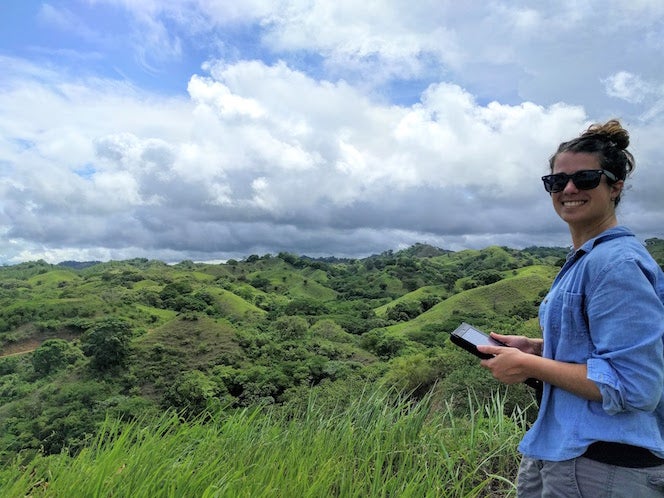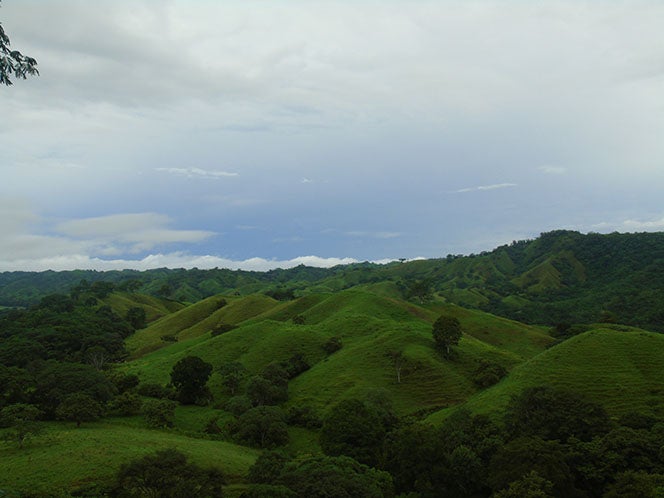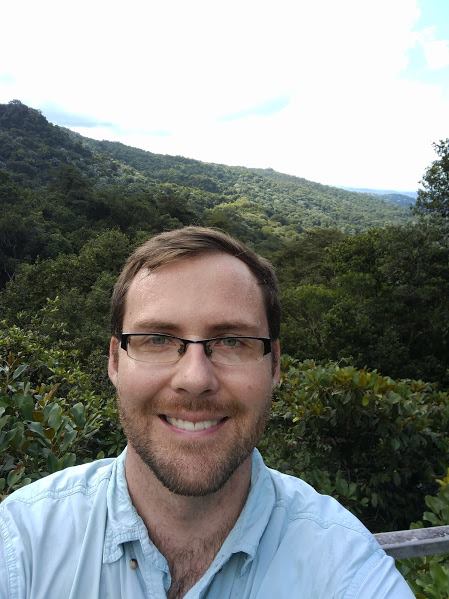
A team of Boise State researchers is helping forecast tropical forest recovery from deforestation using Landsat satellite data, or images of the earth as seen from space.
Their new research has been published in Ecological Applications, the journal of the Ecological Society of America. The study, “Monitoring tropical forest succession at landscape scales despite uncertainty in Landsat time series,” is co-authored by Trevor Caughlin, an assistant professor in the Department of Biological Sciences; Nancy Glenn, a professor in the Department of Geosciences; and Cristina Barber, a graduate student in the Ecology, Evolution, and Behavior program.
Space-borne satellites, including the NASA Landsat mission, have measured the earth’s surface for several decades, including areas where tropical forests are regenerating from deforestation, including cutting trees to make way for cattle pastures. The Boise State team explored whether space-borne satellites were capable of measuring small patches of forest during the early stages of forest recovery when trees are small.
“Identifying forest regrowth from space is a challenging task, as clouds, instrument error and other sources of noise can make ‘seeing’ trees difficult,” said Caughlin.
Working in Southwestern Panama, the team developed new models for Landsat data that separate the signal of forest regrowth from other data.
Ultimately, the Boise State team’s research will enable the Landsat satellite record to jumpstart global restoration of tropical forest habitat by finding areas that are already regrowing forest without tree planting. While some tropical forests will recover naturally if left alone, other forests may remain in a degraded state for long periods without additional assistance.

“Tropical forests are critical for global sustainability, including regulating the Earth’s climate and housing much of our planet’s biodiversity,” said Caughlin. “Ongoing deforestation threatens the integrity of tropical forests and the ecosystem services they provide.”
Fortunately, large efforts to restore tropical forest cover to degraded habitats are underway. Identifying areas that are recovering with minimal human intervention will be a first step towards cost-effective and scalable tropical forest restoration, said Laughlin.

Though the team’s study focused on tropical forests, it is relevant for our local region.
“Restoring tropical forests is one of our most important tools for combating global climate change, which is predicted to heavily impact the Intermountain West through increased drought and fire, among other consequences,” said Caughlin.
The Boise State team also plans to adopt their new methods to study sagebrush cover using data from satellites. The study will assist large-scale sagebrush restoration efforts in Idaho.
Caughlin, a Boise native, said he first became fascinated by tropical forests during a particularly icy winter when he was in junior high school.
“My tropical dreams culminated in a Ph.D from University of Florida and field work around the world, including Panama, Thailand and Guyana. Now that I have returned home to Boise as a faculty member in the Department of Biological Sciences, I am continuing my tropical research, including mentoring the next generation of tropical biologists.”